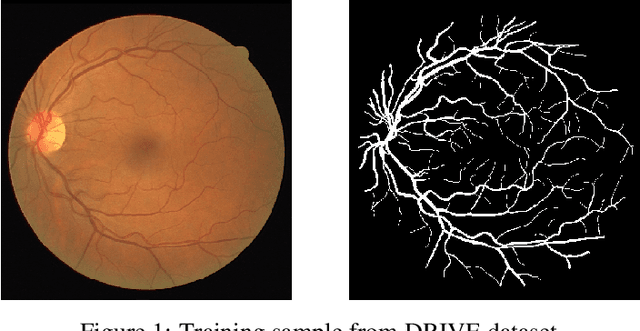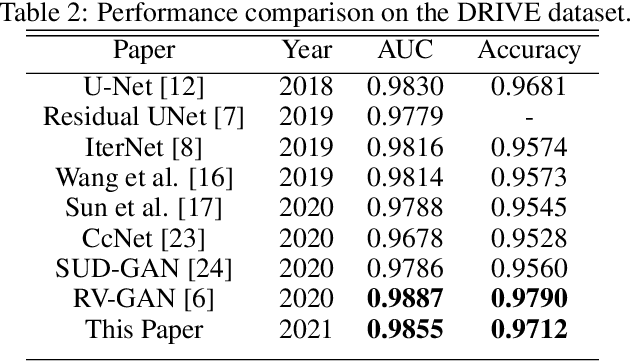Enes Sadi Uysal
Lesion Detection on Leaves using Class Activation Maps
Jun 23, 2023Abstract:Lesion detection on plant leaves is a critical task in plant pathology and agricultural research. Identifying lesions enables assessing the severity of plant diseases and making informed decisions regarding disease control measures and treatment strategies. To detect lesions, there are studies that propose well-known object detectors. However, training object detectors to detect small objects such as lesions can be problematic. In this study, we propose a method for lesion detection on plant leaves utilizing class activation maps generated by a ResNet-18 classifier. In the test set, we achieved a 0.45 success rate in predicting the locations of lesions in leaves. Our study presents a novel approach for lesion detection on plant leaves by utilizing CAMs generated by a ResNet classifier while eliminating the need for a lesion annotation process.
Exploring The Limits Of Data Augmentation For Retinal Vessel Segmentation
May 30, 2021



Abstract:Retinal Vessel Segmentation is important for the diagnosis of various diseases. The research on retinal vessel segmentation focuses mainly on the improvement of the segmentation model which is usually based on U-Net architecture. In our study, we use the U-Net architecture and we rely on heavy data augmentation in order to achieve better performance. The success of the data augmentation relies on successfully addressing the problem of input images. By analyzing input images and performing the augmentation accordingly we show that the performance of the U-Net model can be increased dramatically. Results are reported using the most widely used retina dataset, DRIVE.
 Add to Chrome
Add to Chrome Add to Firefox
Add to Firefox Add to Edge
Add to Edge